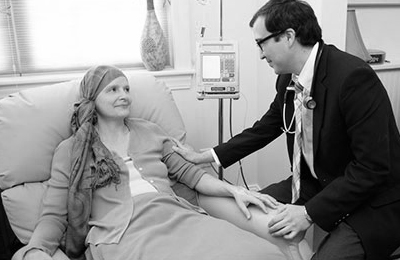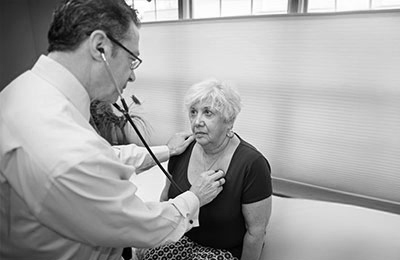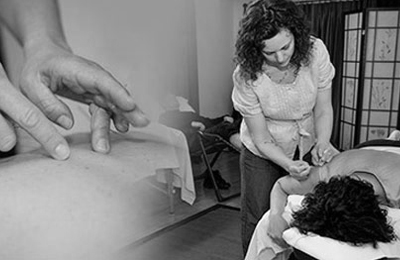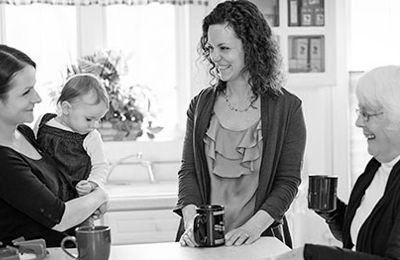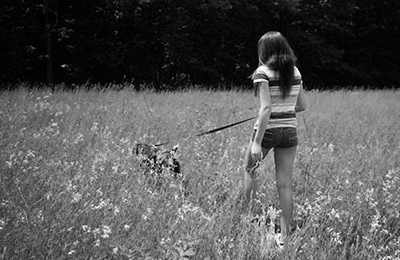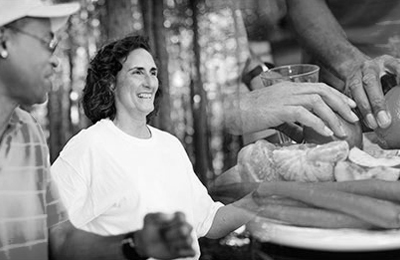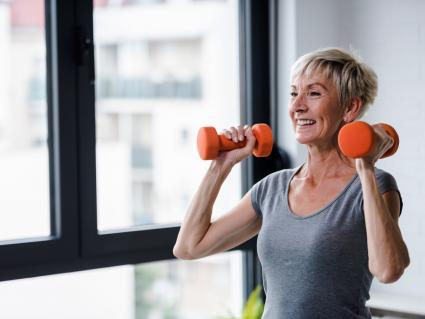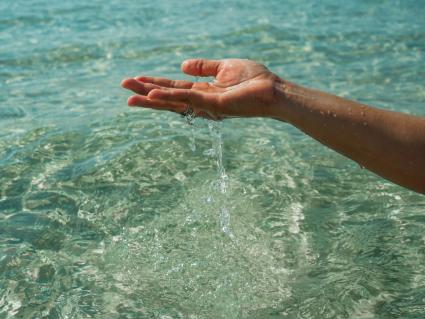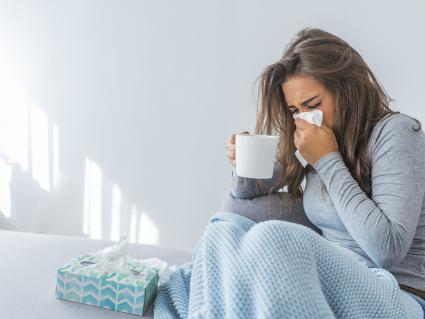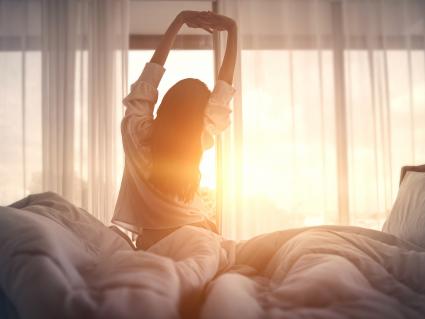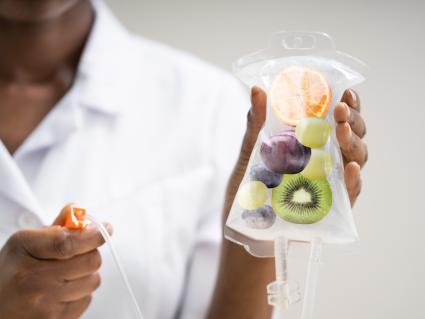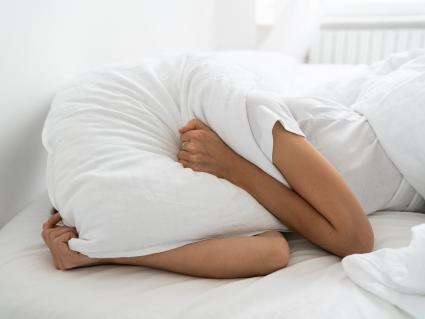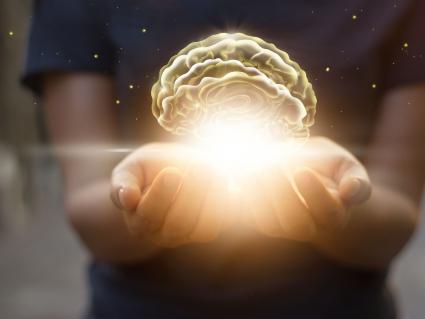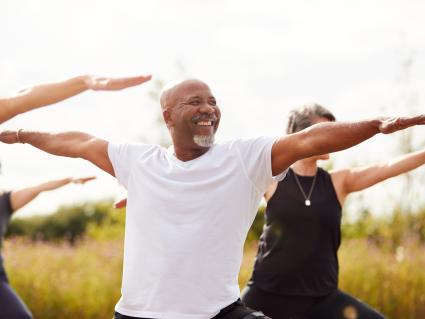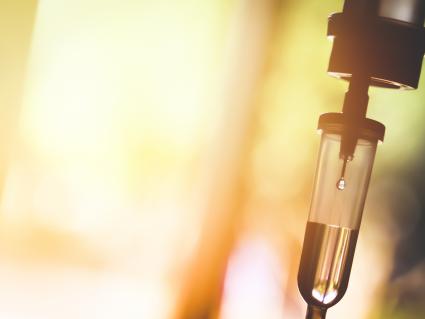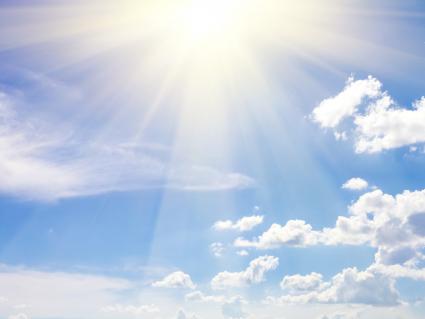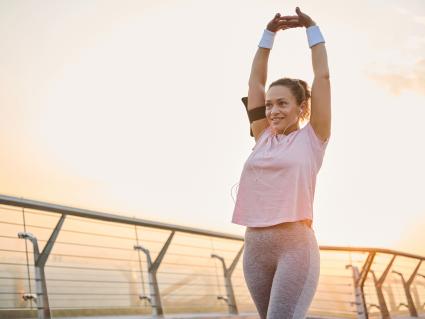Fall Sports: Concussions and the Role of CranioSacral Therapy

Using CranioSacral Therapy to treat post-concussion syndrome.
School is back in session! Our young ones and teenage children embrace the sport of their choice as the sense of spirit and pride begins to fill the air! Growing up in a small town where football, soccer, and the additional contact sports become a uniting thread, bringing the community together and observed in all communities with this similar passion; mentioning concern of childhood concussions can invoke a defense. My goal is to increase awareness, provide education for parents, coaches, and teachers to make informed decisions when caring for a concussion by learning the symptoms and role of CranioSacral Therapy as a treatment option. The common goals of this school spirit filled atmosphere are to place #1 in the league, succeed in sectionals, make it to and win the championship, but ultimately we all want to ensure the health and future wellness of our personal MVPs.
The symptoms of post-concussion syndrome (PCS) include headache, neck pain, dizziness, a sense of not feeling right, feelings of brain fog, nausea and vomiting, an increased sensitivity to light, and changes in sleeping pattern. A concussion occurs when a head injury or strong blow to the head takes place with symptoms of fatigue, dizziness, and headache. These symptoms should subside with proper rest and refrain from physical activity that places additional stress on the healing nervous system. PCS may present days to weeks after the incident. It is key to monitor for reoccurring symptoms and take note of those that continue to affect our athlete despite proper care at the time of incident.
What does a Craniosacral therapy treatment look like for someone with PCS?
Craniosacral therapy (CST) is a gentle hands on treatment modality that releases tension deep in the body to relieve pain and dysfunction and improve whole-body health and performance. A trained therapist works with the client, dressed comfortably, resting supine (face up), and often in calm environment. The therapist accesses the nervous system via the sacrum (tailbone), dural tube (surrounding the spinal column), cranium (skull), including the membranes within the cranium, and fascia of the body; following the cranial sacral rhythm (CSR) as a guide for soft tissue release. Fascia is made up of both elastic and collagen fibers, varying in character depending on location and function within the body. Fascia can be described as a “whole body stocking” holding organs in place while at the same time for example surrounding muscle fibers and allowing them the flexibility to extend and contract with movement. When injury, stress, surgery, etc. take place the fascia can become dysfunctional and affect typical movement patterns and body symptoms.
During a treatment session the craniosacral therapist will palpate the CSR either along the spinal column or at any part of the body, this rhythm is created by the production and reabsorption of cerebral spinal fluid within the ventricles in the brain. Releasing fascial tissue within the body and at the occipital base (where skull and top of neck meet) allows for optimal restriction release and fluid exchange prior to cranial holds.
Cranial holds assess the mobility of the cranial bones, decrease restrictions, and promote optimal function as the therapist palpates the flexion and extension movement of craniosacral rhythm and intuitively bringing attention to areas of need. The touch of the therapist is very light, the weight of a nickel, when following the craniosacral rhythm. This craniosacral pulse is comparative to feeling a circulatory pulse or following a respiratory rate. The effects of providing this hands on attention to the craniosacral system for those suffering from PCS can be profound at relieving symptoms offering an avenue that encourages the athlete’s own natural healing mechanism. From infancy to the age 16 the cranial bones continue to fuse from the process of development that begins in utero, considering this when impacts occurs to our children’s developing system presents a new perspective when taking proactive strategies to minimize injury to promote a path of greater health and wellness for years to follow.
Having once been a three season athlete myself, as a CST practitioner it is always an honor to work with student and collegiate athletes. Located here at the Stram Center feel welcome to schedule a time for you or your MVP to meet with me for symptom management, better overall health routine, or to promote disease resistance. Good luck this season!
Sources:
Craniosacral Therapy – John E Upledger DO & Jon D Vredevoogd MFA 1983 p 237-236
The Upledger Institute: Craniosacral Therapy … for a healthier you – brochure
The Upleder Institute: Craniosacral Therapy for Pediatrics course book
http://www.healthline.com/health/post-concussion-syndrome#overview1

